Words Judith Arellano Torres
Images WTA Architecture and Design Studio


WTA’s plan for a city on water won them the World Architecture Festival (WAF) 2021’s WAFX Project of the Year.
This year, WTA is shortlisted again at the WAF for master planning, this time in a forest. Although there really isn’t much of a forest left where WTA plans to situate the forest city. Of the 300 hectares meandering along Calumpang River stretching towards the foothills of Mount Banoy, only 85 forested hectares remain. Over the last century, the people in settlements along the river had gradually and steadily converted over 200 hectares of the site into agricultural land, planting sugarcane, corn, and mango farms.
This is why WTA Design Studio principal William Ti says, Batangueños should preserve what forested areas remain, build around them, plant more trees, and add amenities for the people to enjoy the woodlands so they cherish and protect it.
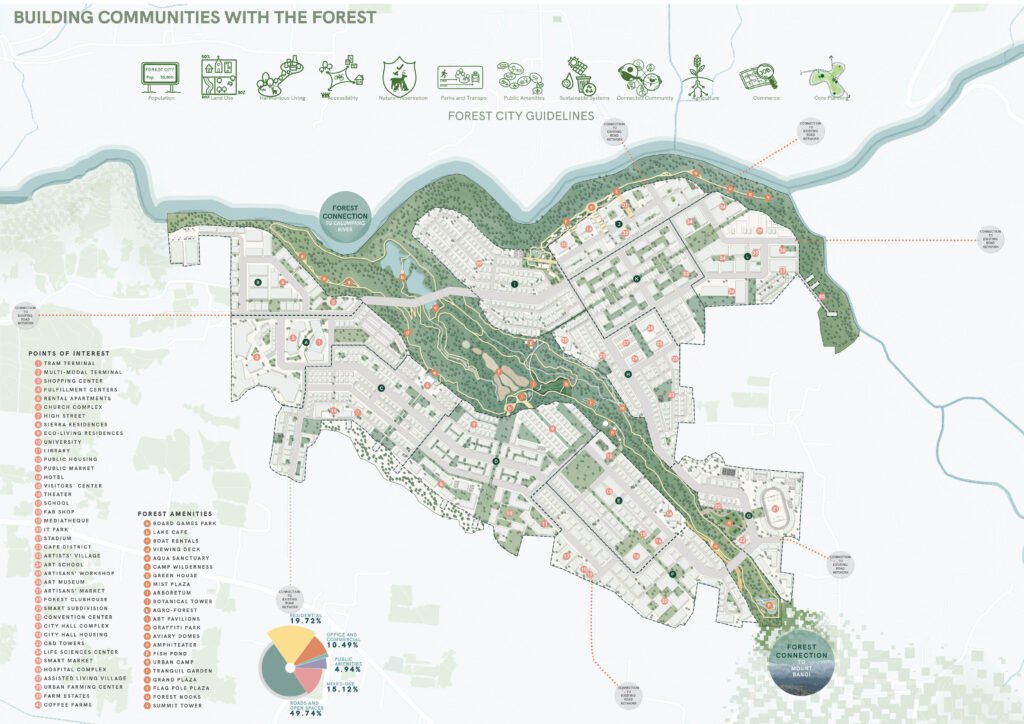

The 85 hectares will be designated as park space—strictly no-build zones. Ti says, “The forest park itself is just a green corridor that connects the forest system of Mt. Banoy to Calumpang River.” The Batangas Forest City framework map above shows how the green corridor connects the two.
Apart from providing the city with a splendid natural setting for people to enjoy, the green corridor is envisioned to provide fauna with safe passage to and from Mt. Banoy’s forest and the river. As a matter of fact, WTA suggests re-introducing “a small deer population,” flora, and other fauna that had been lost or depleted by deforestation.
But can they thrive in the presence of human activity—residences, shops, cafés, boat rentals, art pavilions, viewing decks, and such—near and within the corridor itself? What is their protection against invasive plants and hunters sure to disrupt a fragile and recovering ecosystem? He says, “We are currently proposing the conservation plan with the tourism development plan to the city government for the environmental policies. Hopefully, we are able to do this.”


WTA’s project description
The Batangas Forest City seeks to complete the city of Batangas. It is not a separate entity but, rather, a key component that turns Batangas into a progressive and world-class city. It is a keystone element that allows us to establish a regional center that provides a strong alternative to Metro Manila.
The Batangas Forest City (BFC) establishes a link between the mountain and the river. It serves as a connecting element that completes this tropical ecosystem. The forest park creates an incredible natural setting in the center of the city that leads to the appreciation for the beauty and majesty of the mountain. It also traces a path along the river and its tributaries that firmly establishes the advantages that encouraged humanity to settle along the banks of our rivers.
BFC identifies and amplifies the unique advantages of a forest city. The unique opportunities that it presents and the sustainable aspects of this natural tropical locale. BFC highlights and celebrates the majesty and unique diversity of a mountain and river. It enriches the live-work-play triad of urban communities and allows for nature to be fully integrated and become a regular part of every Batangueño’s life.
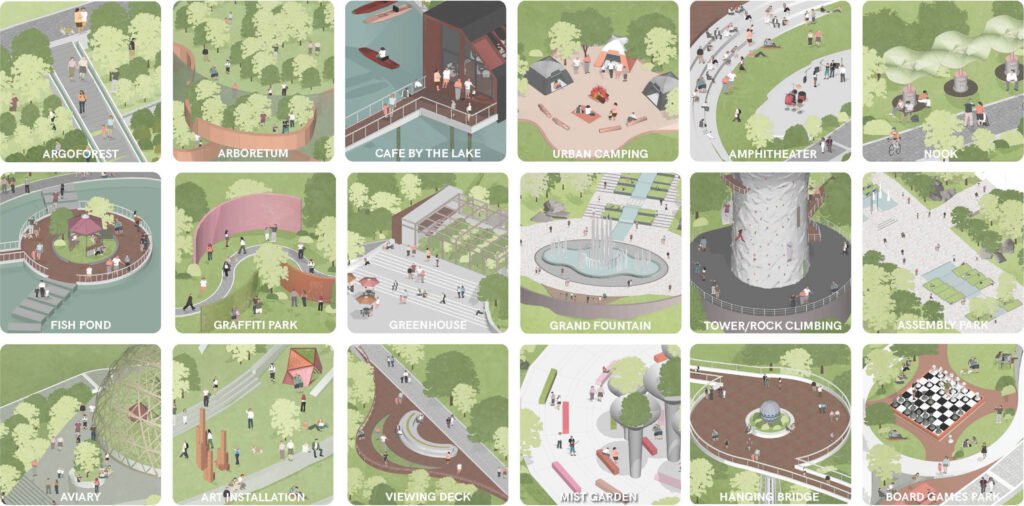

Batangueño
BFC is a progression of the Batangueño community. It preserves the traditional social units of our compact neighborhoods and in doing so creates definitive communities with their own individual characteristics. These neighborhoods are interspersed not just with urban leisure amenities but also with key components that drive a thriving agro-industrial community. By developing technical competence and development centered upon knowledge hubs like R&D Centers, Logistic Hub, or IT Park, we are creating the ideal environment for the development of future technologies that can take advantage of the city’s natural setting.
Human Components
BFC will feature key components that enrich knowledge-based city needs. It will have the natural background of both water and mountain for the next generation to grow up in. It will showcase how a tropical city can integrate forests into its urban centers. Integral industries will intertwine with the urban communities allowing for hyper-local and synergistic growth. Sustainable facilities dealing with water and waste management will highlight how a better city operates. Personal mobility networks will meander alongside green networks, creating incredible biophilic opportunities.
A Better City
BFC is just the first step in the development of Batangas City. It is the catalyst that turns Batangas into a better city that can serve not just as a strong regional center but also create a desirable alternative to decongest Metro Manila. This master plan serves as a starting point for the transformation of a vibrant metropolitan center for Southern Luzon. It is an organic evolution of Batangas into a better city for every Filipino.
Integrated secure planning allows for compartmentalized operations and movement. The entrance plaza is divided into a collection of plazas protected by multiple security barriers. Operations and transits are shielded from observation via careful consideration of sightlines. The vertical core connects production operations with distribution and is adjacent to a secure courtyard that ensures and secures fresh air circulation in the entire facility.


Judith Torres: What excites you most about this project?
WTA principal William Ti, Jr.: I’m excited to prove that forests can be an attractive and viable part of our urban landscape. I look out at golf courses every day and can’t help but feel how it would be so much better if they were public forest land that enriches the city and not just the lives of a select few. My hope is that the success of this project can show future developers and city officials that there are healthier alternatives to more and more golf courses as “green” spaces for their developments.


How would you tie in the design of the Batangas master plan with WTA’s ideals of social architecture?
The idea for this project revolves around the human environment as an outgrowth of social architecture. We believe that we can build a healthy tropical forest system that serves to integrate and connect not just the people with one another, but also us with the natural environment. The forest landscape is a connecting element. It is a bonding piece of the city that will create a strong sense of pride and identity for its people. It also serves as a vital piece of infrastructure to biologically filter and connect various districts of the city. From water to air quality, from public space to biophilic interactions, living closer to nature, and integrating nature into our daily lives, this is a way forward.
What masterplans, if any, have you picked inspiration from in designing this one? What in particular did you like very much about it and how did you adapt their ideas into Batangas’ plan?
Lothlorien. But you’ll need to watch LOTR. Portland and its forest park are also an inspiration.


What is one question you hope a WAF juror would ask during the crit session and how would you answer it?
What is the main design gesture of the master plan? The main gesture is to preserve and integrate the existing qualities and nature of the landscape.
The forested area in the development is the actual existing forest cover at the site. It traces the small stream that crosses our site and is currently forested. Our job as planners is to show how we can integrate this with the master plan and help preserve and grow this forested landscape and make it a vital part of the community. Something that the community enjoys becomes important and in turn, creates the impetus for the community to protect.


What about the WAF competition experience keeps you joining?
It’s always interesting to meet new people who share your love and passion for architecture. It’s also great to come together and reconnect with friends from all over the world and to listen and learn about their ideas and experiences.
I believe everyone should join if they can. It’s not about the competition really but about pushing yourself and learning from everyone at the festival.
Are you talking to fledgling studios and established firms?
You should join whenever you feel like you have something that can contribute to the future of architecture. Something that creates a positive impact that you would like to share with the world.
How would you describe the role of architecture competitions in the industry?
They’re important because they serve to bring out the purest architectural ideas with the least compromise from clients and budget considerations. They also serve as incubators for new ideas and help push you to be better.
What traits do competitions build in a designer?
Passion and ambition. Passion to keep going and the ambition to be constantly better. •

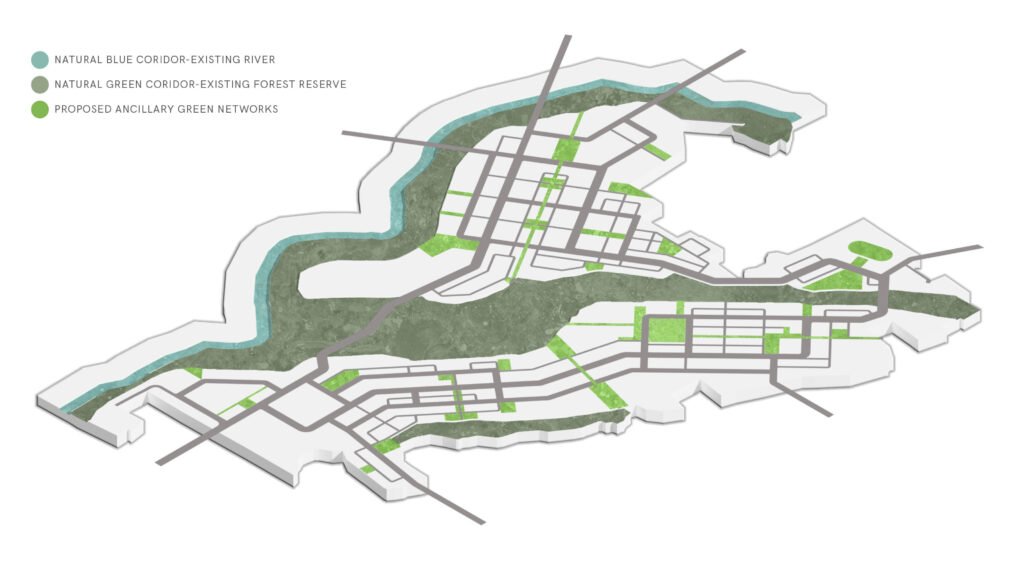
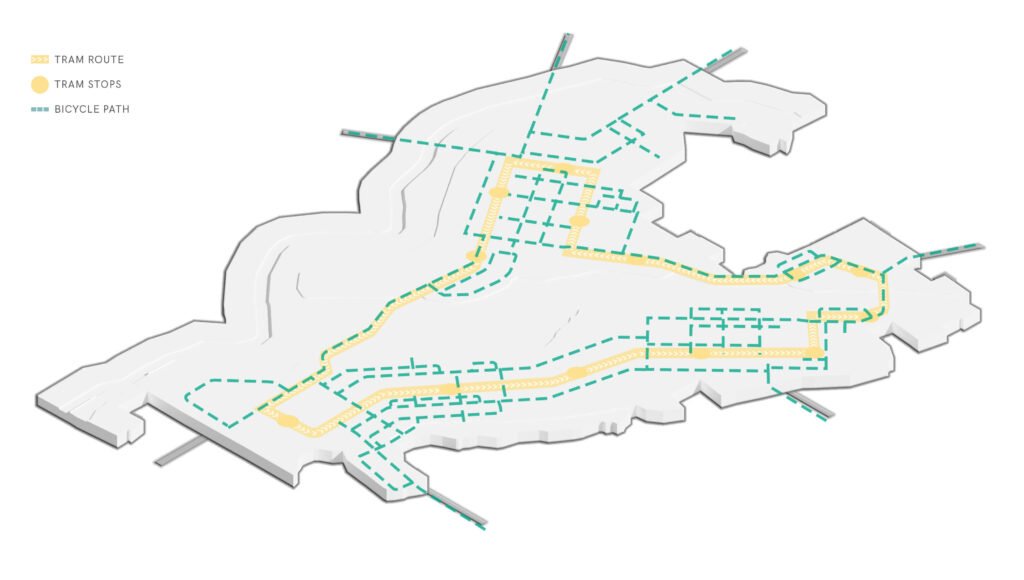

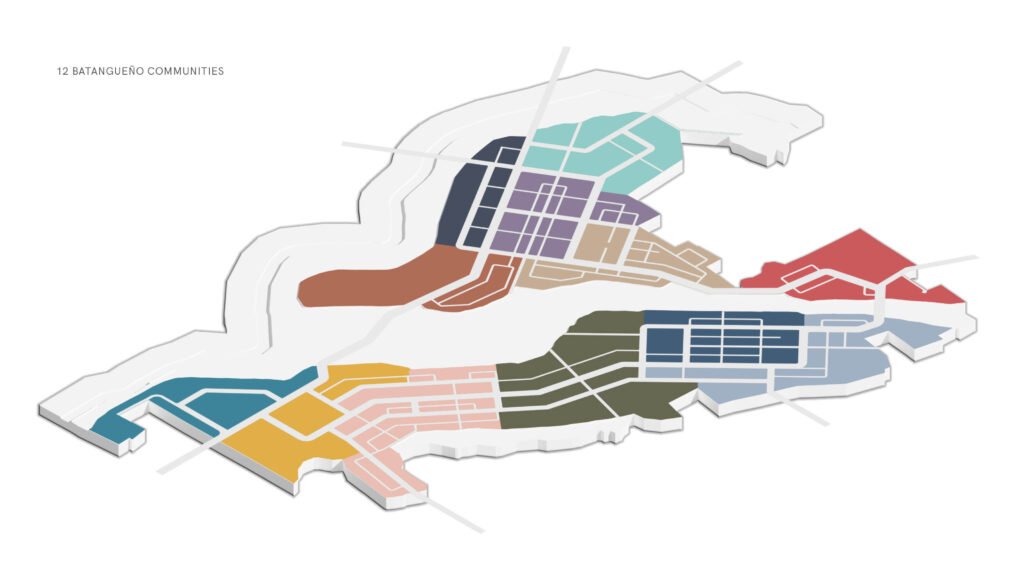

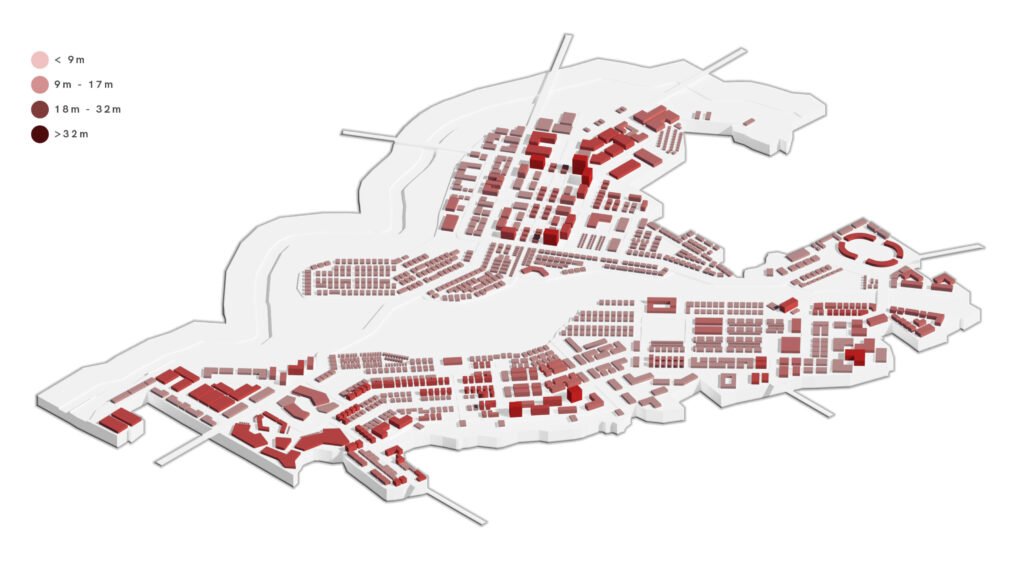
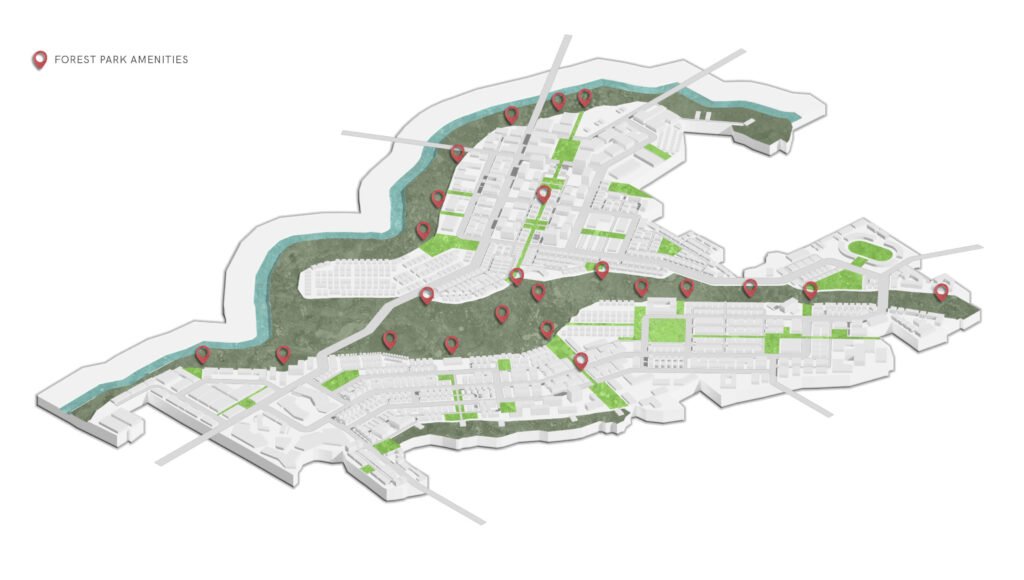
WTA’S previous WAF submissions
Batangueño or Batangas Forest City is WTA Design Studio’s ninth project shortlisted at the WAF since 2015. The nine were shortlisted in eleven categories:
- 2015 Urban Block, Bonifacio Global City, Taguig City – Future Projects Commercial Mixed-Use category
- 2016 Book Stop Project, Intramuros Manila – Completed Building, Civic & Community category
- 2017 One Mall Valenzuela, Valenzuela City – Completed Building Shopping category
- 2017 El Museo del Prado en Filipinas, Intramuros, Manila – Completed Building Display category
- 2017 The Chapel of St. Benedict and St. Scholastica, Pambujan – Completed Building Religion category and Best Use of Color category
- 2021 Emergency Quarantine Facility – Completed Building Health category
- 2021 Horizon Manila (Manileño) – Future Project Planning category; Winner, WAFX Water category; Winner, WAFX Project of the Year
- 2022 Bangko Sentral ng Pilipinas Security Plant Complex, New Clark City, Capas, Tarlac – Competition category
- 2022 Batangueño or Batangas Forest City – Future Project Planning category




5 Responses